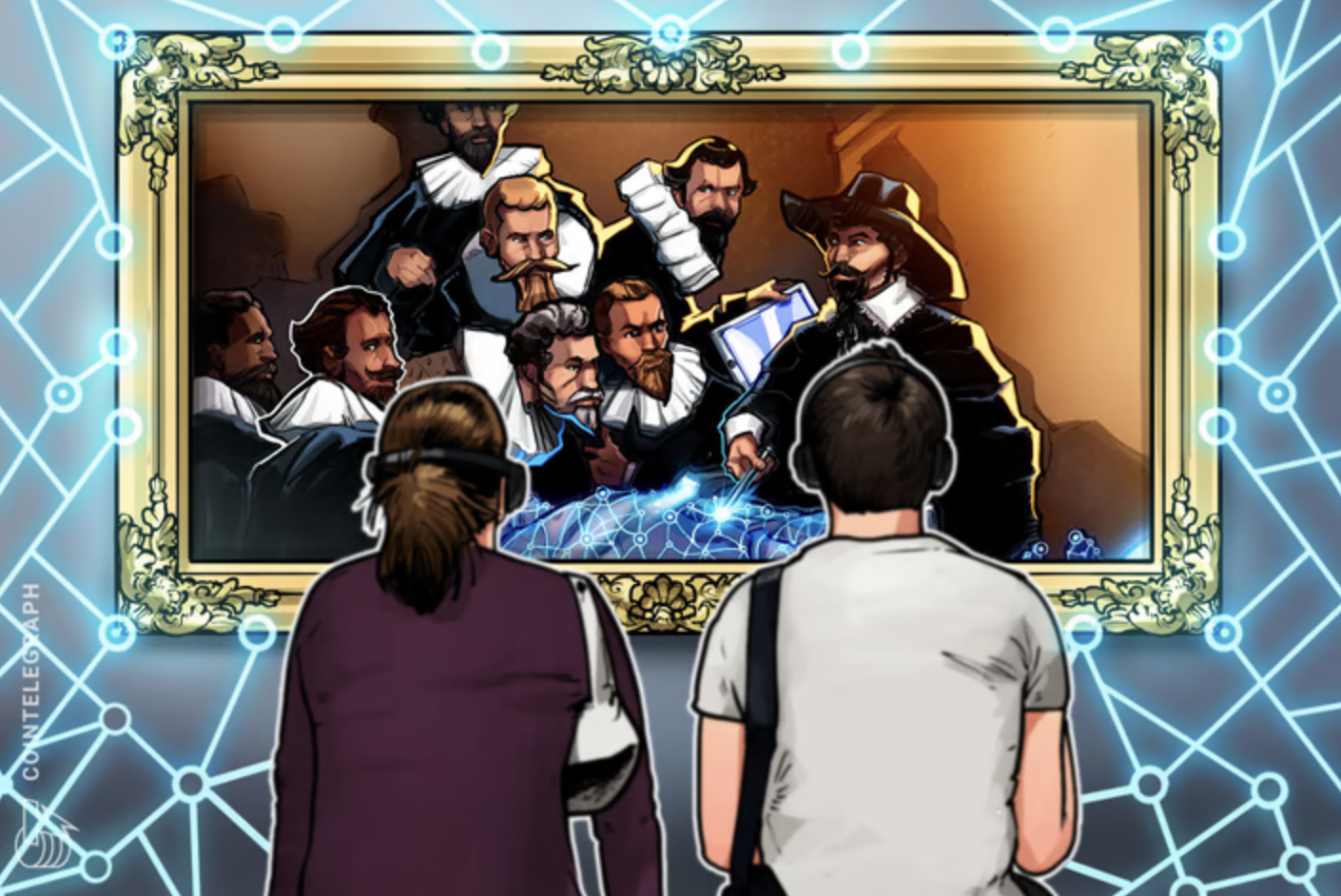In recent years, the intersection of blockchain technology and the cultural sector has unlocked innovative fundraising models, offering museums, galleries, and art institutions new avenues to support their initiatives. From transparent donation tracking to NFT auctions and digital replicas, blockchain technology is reshaping the traditional landscape of arts funding and patronage.
Transparent Donation Tracking: Building Trust Through Blockchain
Blockchain's inherent transparency and security features are transforming donation practices. Institutions like the Buffalo History Museum now accept cryptocurrency donations, providing an unprecedented level of transparency in the allocation and use of funds. Similarly, the Tretyakov Gallery's mobile app leverages "patronage digital tokens" to allow patrons to directly support the restoration of artworks, offering a clear view of how each donation contributes to the gallery's mission.
Illustration
Illustration

NFT Auctions and Perpetual Donations: A Sustainable Model
The emergence of NFT auctions presents a groundbreaking model for sustainable fundraising. By collaborating with auction houses and artists, museums can host NFT auctions where proceeds not only support immediate charitable causes but also ensure ongoing support through secondary market transactions. This model was exemplified by projects like Cure³ by ReGen and the Foundation Herbert W. Franke, which saw significant funds raised for charitable causes while promising perpetual donations from future transactions.
Read our article to learn more about the ReGen initiative.
Read our article to learn more about the ReGen initiative.

Limited Editions Digital Replicas: Authenticity Meets Accessibility
Blockchain enables museums to offer limited editions of digital replicas, ensuring authenticity and scarcity. This model not only opens up new revenue streams but also democratizes access to art, allowing a wider audience to own a piece of cultural heritage. The British Museum's Hokusai postcards, the Uffizi Gallery's sale of Michelangelo’s Doni Tondo NFT and the sales of The Ancient of Days by William Blake by The Whitworth Museum are prime examples of how digital replicas can support institutional goals while engaging new collectors.

NFT Art Commissions: Creativity for a Cause
Museums are increasingly commissioning artists to create NFTs inspired by their collections, generating new sources of revenue to support various initiatives. From the House of Lobkowicz to the Buffalo AKG Art Museum, these projects not only fund vital conservation and renovation efforts but also foster a creative dialogue between traditional collections and contemporary digital art forms. We could also mention the the White House Historical Association who collaborated with the artist Linda Dounia Rebeiz , MoMA commissioned the artist Refik Anadol to reinterpret more than 200 years of art from MoMA’s collection, the Monnaie de Paris worked closely with the digital artist Robert Alice to produce new artworks inspired by the museum, and HEK - House of Electronic Arts commissioned Leander Herzog a new series of generative art. With their program "Remembrance of Things Future", LACMA worked with a few digital and generative artists to release new artworks.

Fractionalized Masterpieces: Shared Ownership, Collective Support
Another innovative model involves dividing a digital replica of a masterpiece into fractions, sold as NFTs. This approach allows art enthusiasts to own a share of a renowned artwork's digital representation, broadening participation in art patronage. Projects like the tokenized version of Andy Warhol's "14 Small Electric Chairs" by Maecenas, the Belvedere Museum's digital edition of Klimt’s "The Kiss" or part of the Pollock’s studio floor sold by the Jackson Pollock Studio showcase the potential of fractional ownership to support museum operations and conservation efforts.

Locations on Pollock’s studio floor where perspectives were photographed. Courtesy of Iconic and the Jackson Pollock Studio.
Digital Souvenirs: Beyond the Gift Shop
Digital souvenirs offer visitors the opportunity to take home a unique digital keepsake, extending their engagement beyond the museum visit. These souvenirs, often linked to specific exhibitions or collections, can also provide access to special benefits, enhancing the visitor experience and encouraging repeat engagement. The Musée d’Orsay’s digital souvenirs for the Van Gogh exhibition demonstrate how these offerings can redefine the concept of museum merchandise.
Read our article to learn more about it.
Read our article to learn more about it.

Conclusion: A New Paradigm for Arts Funding
The integration of blockchain technology in the cultural sector is not just a fleeting trend; it represents a profound shift in how institutions can engage with audiences and secure funding. By embracing these new models, museums and art organizations can not only ensure their financial sustainability but also foster a deeper connection with a global community of art lovers and patrons. As blockchain technology continues to evolve, so too will the possibilities for creative and effective fundraising in the arts.
Read our article on this topic to go further.
And start having critical thinking on the topic with this articles
NFT Fundraising: Ethical, Entrepreneurial, or Inappropriate? by Dr Frances Liddell (2023)
Read our article on this topic to go further.
And start having critical thinking on the topic with this articles
NFT Fundraising: Ethical, Entrepreneurial, or Inappropriate? by Dr Frances Liddell (2023)
